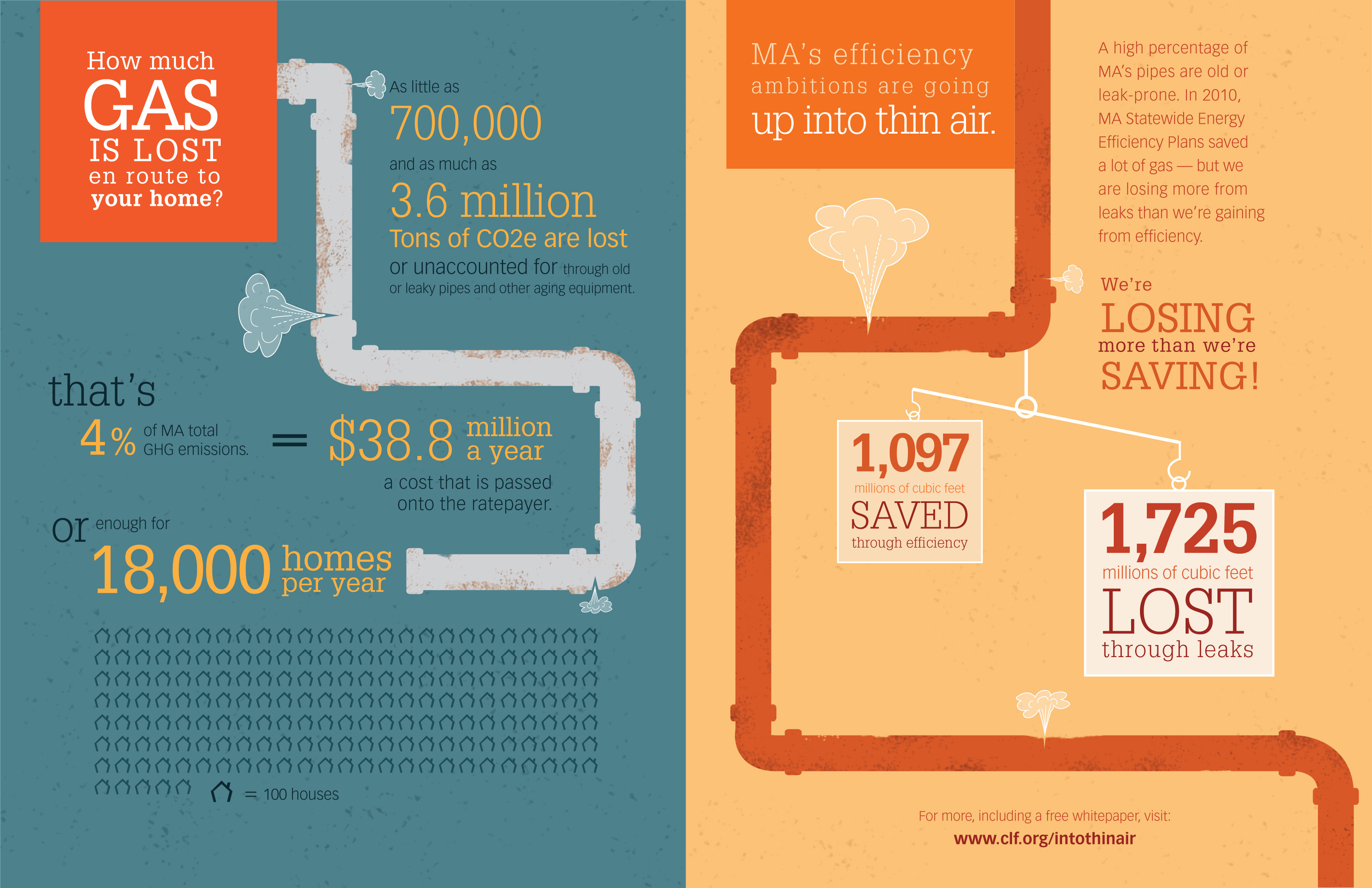An Introduction To The Fundamentals Of Solar Power Equipments And Their Performance
An Introduction To The Fundamentals Of Solar Power Equipments And Their Performance
Blog Article
Written By-Morin Haynes
So, you've found out about photovoltaic panels and their potential to produce electrical energy from sunlight, but exactly how exactly do they function? Recognizing the elaborate innovation behind solar panels can be an interesting journey into the world of renewable energy. From the fundamental principles of photovoltaic cells to the detailed components that make up a photovoltaic panel system, there's an entire world of understanding waiting to be checked out. Let's untangle the mysteries of solar panel innovation together.
Photovoltaic Panel Modern Technology Principles
To truly grasp the essence of photovoltaic panel modern technology, you must look into the fundamental concepts that underpin its capability. Solar panels consist of photovoltaic cells, generally made from silicon, which have the remarkable capacity to convert sunshine into electricity via the photovoltaic or pv impact. When sunshine hits the cells, the photons in the light interact with the silicon atoms, triggering the electrons to damage without their atomic bonds. This produces an electric current that can then be utilized for powering various tools.
The key element of solar panels is the semiconductors within the photovoltaic cells, which help with the conversion of sunlight into useful power. These semiconductors have both positive and unfavorable layers, creating an electrical area that allows for the flow of electrons.
This circulation of electrons, when connected in a circuit, produces straight present (DC) power. Recognizing these fundamental principles is important for valuing exactly how solar panels can harness the sun's energy to power homes, organizations, and also satellites precede.
How Solar Panels Generate Electrical Energy
Solar panels harness the sun's energy by converting sunlight into electrical power through a process called the solar impact. When sunlight hits the solar panels, the photons (light fragments) are taken in by the semiconducting products within the panels, typically constructed from silicon. This absorption generates an electrical current as the photons knock electrons loose from the atoms within the material.
The electrical fields within the solar batteries after that force these electrons to move in a details direction, developing a straight current (DC) of electrical energy. This straight current is then gone through an inverter, which converts it into alternating existing (AC) electrical power that can be made use of to power your home or company.
go to the website created by the solar panels can be saved in batteries for later use or fed back right into the grid for credit through a process called net metering. Comprehending how photovoltaic panels produce electricity is critical to appreciating the environmental and cost-saving benefits of solar energy systems.
Comprehending Solar Panel Elements
One vital aspect of photovoltaic panel modern technology is recognizing the numerous parts that make up a photovoltaic panel system.
The key elements of a photovoltaic panel system include the solar panels themselves, which are composed of solar batteries that convert sunshine into electrical power. These panels are mounted on a structure, commonly a roofing system, to catch sunshine.
In addition to the panels, there are inverters that transform the straight present (DC) electricity created by the panels right into rotating present (A/C) electrical energy that can be utilized in homes or organizations.
The system likewise includes racking to support and position the photovoltaic panels for optimal sunshine exposure. Furthermore, wires and adapters are crucial for moving the electricity generated by the panels to the electric system of a building.
Lastly, a tracking system might be consisted of to track the performance of the photovoltaic panel system and ensure it's working effectively. Recognizing these elements is crucial for any person aiming to install or use solar panel technology efficiently.
Final thought
Since you comprehend the fundamentals of photovoltaic panel innovation and just how it works, you can appreciate the power of using sunshine to produce clean and renewable energy for your structure. By utilizing https://cruzzksaj.bloggerswise.com/37017037/discover-the-impactful-function-of-solar-installments-in-creating-a-lasting-future-and-witness-their-innovative-results-on-our-environment and components like inverters and keeping track of systems, you can contribute to a more lasting future while also potentially reducing energy costs. Maintain understanding and exploring the opportunities of solar power for a greener tomorrow.
